I'm not a fan of ARPGs.
First, because the acronym is misleading. They are action games, pure and simple, whose "RPG" credentials are tacked-on simply to elicit some promise of deeper gameplay. What they should be called, instead, is "Arpgs" (for proper emphasis) or – more accurately still – "AGWSs" (Action Games With Stats).
Second, because their gameplay is anything but deep. If you can click two mouse buttons simultaneously and understand the concept of "fight or flight", you have ARPG gameplay sussed, right there. Really, the only real artistry of the genre seems to lay in concealing how shallow it truly is...
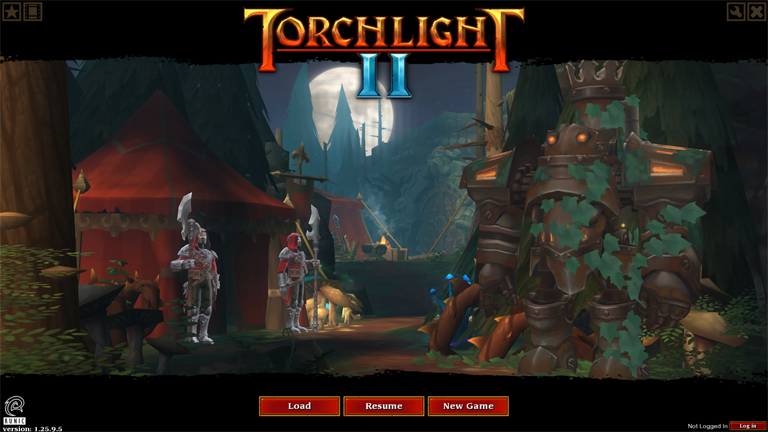
So, yeah, where ARPGs are concerned I am definitely not a fan... Which should speak volumes when I declare that I thought Torchlight 2 was a hoot.
Made by Runic Games (a since-defunct Seattle developer), which was founded in part by the Schaefer brothers (as in — the two guys who co-founded Blizzard North and, y'know, made Diablo), TL2 took the foundations of Torchlight (a competent little single player gem with a few of forward-thinking features such as a communal stash, pets which could run errands and stunning art direction) and made them better.
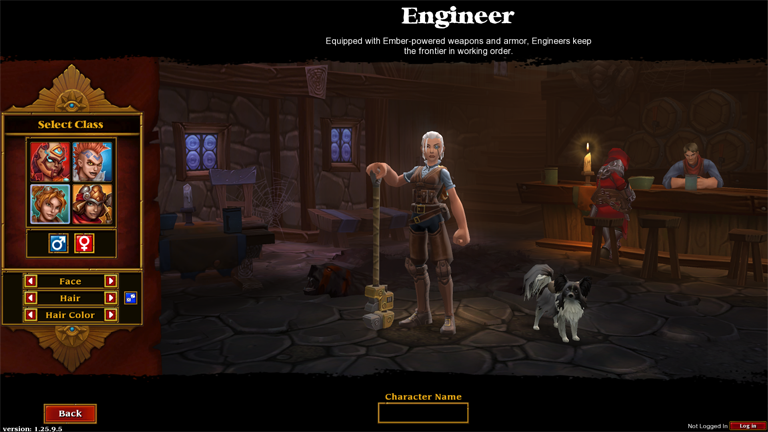
To wit, where the original Torchlight starred three static, pre-made characters, Torchlight 2 upped the class-count to four (the caster Embermage, melee Berserker, jack-of-all-trades Outlander and tank-ish Engineer) and threw in facial customization and gender selection for a potential eight player character types, each of which had three fairly distinct skill trees.
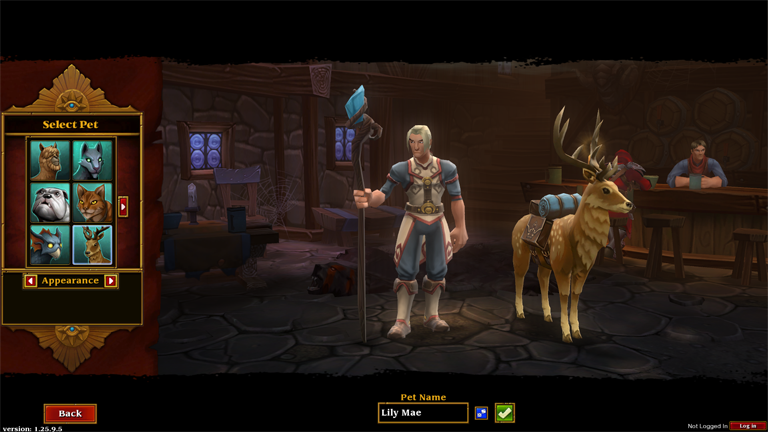
Where the original game had four pets, Torchlight 2 expanded the adorable roster to 14 (including a Half-Life headcrab, of all things), added alternate appearances for some of 'em and the ability to further transform pets into an additional 10, shall we say, less cuddly forms (such as a hermit crab, spider, troll or... a skeletal torso?). Pets also gained the ability to cast spells, wear accessories and obey simple commands.
The procedural dungeons of the original remained, but Runic threw in a twist: depending on the difficulty level (dictated by how many times you finished the game and reaching an exorbitant NG+++++), the procedural levels could come with extra secret areas and activities (such as desert treasure hunt, collecting loot in a room slowly filling with lava, fighting in a monster arena, or simply unlocking a hidden treasure room by stepping on unmarked floor tiles).
The game also offered a moderately complex crafting system (still centered on sticking gems into items), enchantments (offered by a gang of very talented raccoons able to imbue items with bonuses), tried and true item gambling and even a fishing mini-game.
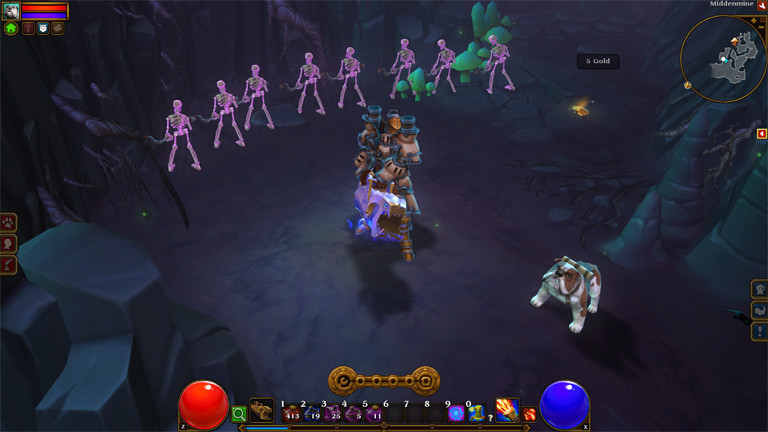
Each of the game's four acts represented a distinct region of the game world (forest, desert, swamp and abandoned mine, in that order) in gorgeous, zoomable detail, and the list of items you could find was nothing if not exhaustive (though not inexhaustible, which the game got around by boosting the stats of recycled assets in successive NG+ playthroughs).
Put together, all of these options, activities and sidelines (centered around a simple, but competently written and coherent narrative) made for an entertaining experience that could now be enjoyed with friends, thanks to the inclusion of local co-op. So entertaining, in fact, that even a grumpy, cynical pig not fond of ARPGs found it enjoyable...
For all of its features, however, Torchlight 2 is not without its flaws.
For one, the co-op is a bit short-sighted, allowing you to play alongside friends, but not really cultivating teamwork of any kind. Group healing of any sort is limited to potions and one spell and, once defeated, a party member cannot be revived and has to backtrack to the action from the nearest respawn point. Really, all co-op lets you do is increase the amount of damage you can deal and trade items, which seems like a hefty oversight for such an otherwise polished game.
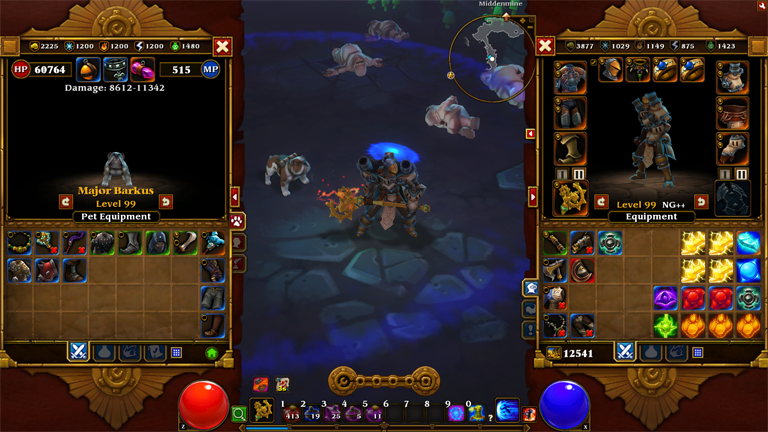
While the New Game+ cycles let you keep leveling up, they don't really vary the core experience enough to overcome repetition. While you will be facing tougher opponents and finding more powerful items, it will all be taking place on maps you've explored before (multiple times, by the NG+++++ playthrough), with hardly any variation. Repeated playthroughs are, in other words, increasingly more tedious and boring.
And lastly, while a decent game in its own right, Torchlight 2 does not offer sufficient innovation to overcome its ARPG roots (and thus limitations). For many, many hours, you will be enamored by the world, the shiny graphics and the seemingly endless list of items you can find... But, eventually (and, more importantly, long before you hit the level cap), you will have seen it all and realize you are sinking more time into a game that has all the complexity of Minesweeper (point-click, point-click) at which point only the most devoted will be able to continue playing (for my own part, I sorta had my fill a few characters in and only installed it once again for this review, seven years later).
But while the illusion holds, Torchlight 2 will offer you many hours of mindless, hamster-y fun of defeating enemies and taking their stuff.
If you enjoy the ARPG genre, appreciate gorgeous graphics and art direction, or simply want something undemanding to do while you listen to a podcast, Torchlight 2 comes highly recommended. It may well represent the bottom of the barrel, where gameplay complexity and engagement is concerned, but within those lowly ranks, it is royalty in its own right.
Pig Recommends:
-
-not playing too many ARPGs; they are the refuge of unimaginative game design and offer a limited return for the vast investment of time they require; if you have to, however...
-
-while the original is inferior in pretty much every way, Torchlight is still eminently playable and a Good Game in its own right; just don't expect too many quality of life improvements: where innovation is concerned, the original is closer to its Diablo roots than it may at first appear;
-
-for a comparable experience heavily steeped in real-world mythology, with no fewer than four full-fledged expansions, Titan Quest is a relatively fun game, with all the same limitations as TL2 (shallow, grindy gameplay; limited co-op with no emphasis on teamwork); skip Eternal Embers, if you can, though: it's not bad, as such, but very formulaic and just — tired, offering little beyond more of the same (new areas, more stuff – zero innovation);
-
-while, these days, Diablo is good for little more than a history lecture (the production values have held up relatively well in terms of graphics and sound, but the gameplay is very dated), Diablo II is still a decent time-sink and hard copies can be found floating around on eBay (to, you know, circumvent Blizzard's online-only business model);
